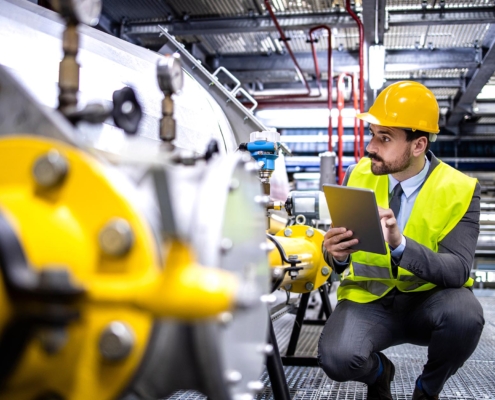Air compressor downtime can significantly disrupt operations, leading to lost productivity and increased costs. Implementing effective repair solutions is essential for maintaining the smooth operation of equipment and avoiding unexpected delays. One of the most important strategies is performing regular preventative maintenance, which helps detect potential issues before they become major problems. This includes inspecting key components such as the air filter, belts, and hoses, and ensuring they are clean, properly aligned, and functioning optimally. Regularly scheduled maintenance not only extends the lifespan of the air compressor but also prevents unplanned repairs that can cause long periods of downtime. Another critical repair solution involves the timely replacement of worn-out parts. Air compressors experience significant wear due to continuous use, and failure to replace components like valves, pistons, or bearings can lead to a decline in performance.

When parts wear out, they can cause leaks, overheating, and increased energy consumption. Replacing these components as part of a proactive repair plan can drastically reduce the risk of system failure and maintain the compressor’s efficiency. This approach ensures that the compressor operates at its peak, minimizing downtime and enhancing productivity. For more complex issues, it is essential to have a thorough troubleshooting process in place. Diagnosing and addressing problems such as air leakage, pressure loss, or electrical issues requires expertise and knowledge of the compressor’s intricate system. Employing experienced technicians who are skilled in diagnosing and repairing these problems quickly can drastically reduce repair time. By addressing the root cause of the problem, rather than just fixing the symptoms, downtime is minimized, and the compressor can return to full capacity more swiftly, thus increasing overall productivity. Using high-quality replacement parts is another key factor in reducing repair costs and preventing future issues. Low-quality or incompatible parts can lead to more frequent failures, reducing the compressor’s efficiency and longevity.
By opting for reliable, high-quality components, businesses can avoid costly repairs in the future, reducing the overall maintenance burden. These parts are typically more durable and designed to withstand the demands of industrial-grade compressors, ensuring that downtime is minimized, and productivity is sustained over time. Regularly checking the compressor’s air intake and exhaust systems can prevent air quality issues and system failures. Blockages or contamination in the air intake can reduce the compressor’s ability to function efficiently, leading to overheating or overworking of the machine. Similarly, a clogged exhaust can cause pressure buildup, potentially damaging vital components and important site powerhomebiz.com. A regular inspection of these systems and the cleaning or replacement of filters as necessary ensures that the air compressor remains in optimal condition, reducing the likelihood of costly repairs and extending its operational lifespan. Implementing a comprehensive monitoring system can help track the performance of air compressors in real-time.
